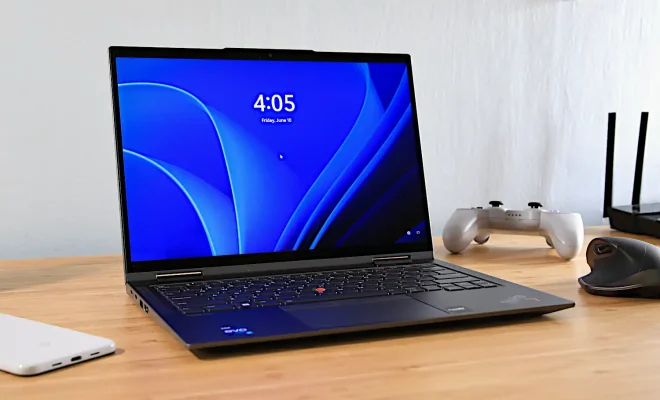Telepresence Robots Give Online Students a Better Way to Connect

Distance and online learning are becoming major trends in higher education, as well as in the mandatory years of K12 schooling. When students are unable to make it into the physical classroom setting, they miss out on some of the most important aspects of academics, including making connections with other students through socialization. Connecting via social media or online message forums simply isn’t the same as having face-to-face interactions with like-minded peers.
To solve this growing dilemma, developers started to create the basis for telepresence robots. The robots can take multiple forms depending on the model and manufacturer. Some allow for distance learners to show their face but are unable to maneuver themselves from place to place. More expensive models come standard with Segway wheels that can cart these “digital students” from one classroom to the next.
What is the purpose of the telepresence robots? The main goal of this advanced technology is to increase the participation of students who can’t come into the classroom regularly. Physical presence in the classroom isn’t always possible, whether it is due to distance, illness, or scheduling. When these issues begin to compromise academics, telepresence robots can lend a hand in improving the school experience.
The telepresence robots force students who are accustomed to the classroom experience to acknowledge distance learners in a fresh way. It’s far more difficult to ignore the input of an individual whose face and body are represented in the classroom as part of a major discussion. Connectivity is one of the highest goals with the robots, and it definitely comes with an advantage for the students who use them.
One of the key ways that the robots can help to create better connectivity in the classroom is through offering multiple points of view. Particularly in higher learning, many students come from around the world to engage in the classroom. Students who are farther away, including those in other countries, have a unique perspective on hot topics but rarely have an opportunity to voice it. With these new robots, they can learn their classmates’ names and share an entirely new point of view with those in the debate.
It is also helpful for students who are often missing due to medical issues. When their medical problems are resolved, they often reenter the classroom without any type of social support in place. They may have been able to keep up academically with new edtech programs and online learning courses, but they don’t have any peer relationships on campus. With the telepresence robot representing them in the classroom, they might be able to forge friendships before they ever set foot on the campus.
Telepresence robots definitely require an adjustment period for everyone as students and teachers learn to interact with students who are transporting themselves in from a distance. However, they do have an extremely useful purpose in helping to forge better bonds in the classroom and giving unique perspectives to everyone. Cost may be a prohibitive factor on these resources right now, but they are bound to prove essential to distance learners in the near future.






